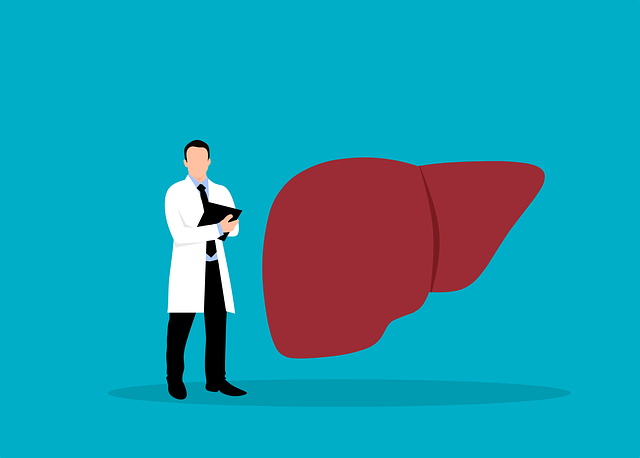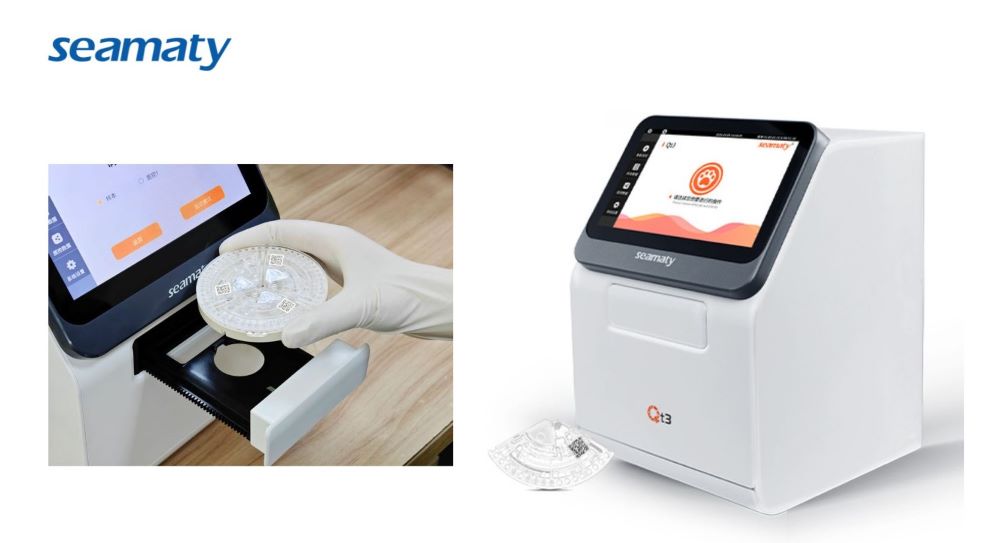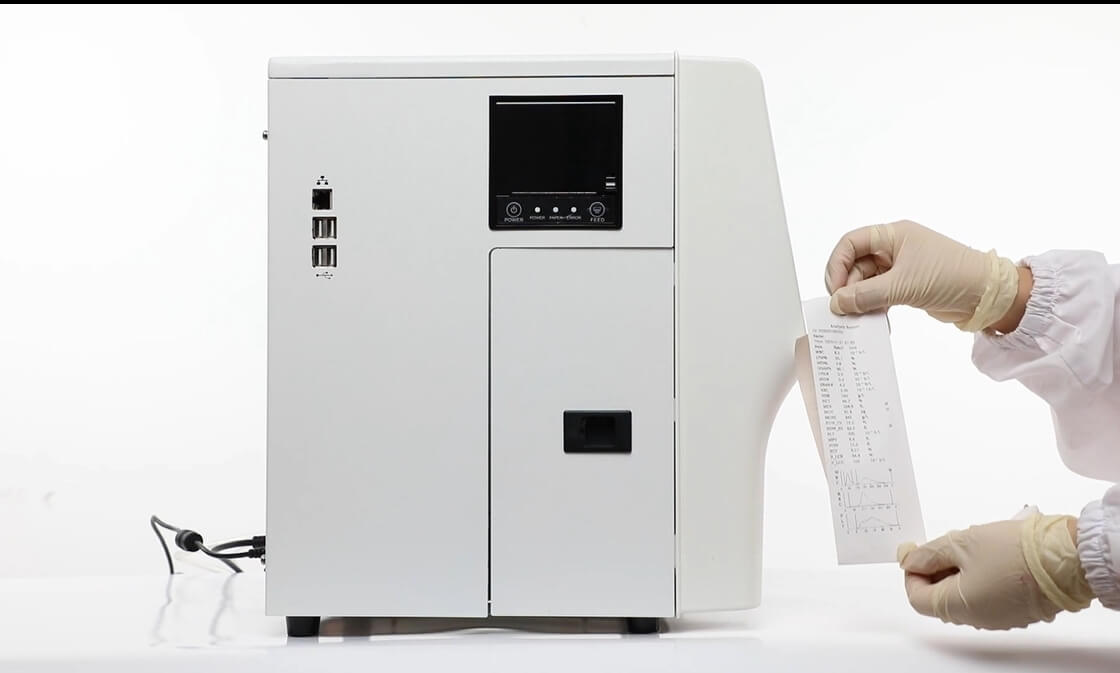In fact, liver function tests, including enzymatic and other
biochemical tests, do not accurately reflect liver function. Moreover, some tests are not very specific and it is generally difficult to make an accurate performance assessment.
For example, alanine aminotransferase (ALT) and aspartate aminotransferase (AST) are not enzymes specific to liver tissue, but are also found in heart muscle, skeletal muscle and other tissues and organs. In contrast, alkaline phosphatase (ALP) is a valuable indicator of bile duct epithelial cell proliferation, biliary tract obstruction or inflammation. Alkaline phosphatase is also secreted in fibroblasts. Mild elevations of alkaline phosphatase are also often seen during skeletal growth and development in children.
How is the degree of liver function damage determined?
Significant abnormalities in albumin, bilirubin and prothrombin time Significant abnormalities in items such as albumin, bilirubin and prothrombin time are directly proportional to the degree of liver damage. The level of transaminases, however, may not be fully proportional to the degree of liver damage. Therefore, clinicians also need to make a comprehensive evaluation in conjunction with clinical data.
How to interpret the common clinical liver function tests?
1. Serum marker reflecting liver tumor: alpha-fetoprotein (AFP)
AFP is often used in the early diagnosis of liver cancer and is elevated 8 months before a patient with liver cancer develops symptoms. At this time most patients with liver cancer still have no obvious symptoms. Nowadays, AFP is also widely used for monitoring the efficacy of liver cancer surgery, postoperative follow-up and follow-up of high-risk groups.
2. Items reflecting hepatocellular damage.
Elevated ALT and AST are commonly seen in the following diseases.
1) Hepatobiliary diseases: acute and chronic viral hepatitis, active hepatic sclerosis, hepatocellular carcinoma, fatty liver, cholecystitis and cholangitis.
2) myocardial injury: acute myocardial infarction and myocarditis
3) skeletal muscle injury: polymyositis.
4) drug and toxic liver damage: drug-related hepatitis and alcoholic hepatitis (the latter with more pronounced AST elevation)
Acute hepatitis and chronic hepatitis in the mild form is dominated by elevated ALT, with an AST/ALT ratio <1
Medium and heavy forms of severe hepatitis and chronic hepatitis: both ALT and AST are elevated, with AST/ALT ≥ 1
cirrhosis and hepatocellular carcinoma: markedly elevated AST, markedly elevated AST/ALT, AST/ALT > 1, or even > 2.
Hepatic failure in severe hepatitis: low production and release of transaminases, but a significant increase in serum bilirubin, and the phenomenon of "bile-enzyme separation", which indicates an aggressive condition.
Increased γ-GT is commonly seen in the following diseases.
1) Biliary obstructive diseases, intrahepatic and extrahepatic bile duct obstructive diseases, such as primary biliary hepatic sclerosis.
2) Acute and chronic viral hepatitis, hepatic sclerosis.
3) drug and toxic liver damage: drug-related hepatitis and alcoholic hepatitis.
Pathologic elevation of alkaline phosphatase is seen in.
ALP is elevated in 90% of patients with liver disease, but not more than 2.5 times the upper limit of normal. In contrast, in obstructive jaundice, especially in complete obstruction, ALP rises to more than 2.5 times the upper limit of normal. In patients with liver failure, a decrease in ALP is indicative of extensive hepatocellular necrosis.
1) Hepatobiliary disease, mainly intra- and extrahepatic bile duct obstructive disease.
2) Skeletal disease. Physiological elevation of alkaline phosphatase is mainly seen in children during the growth period and in mid to late pregnancy.
3. Items reflecting the secretory and excretory functions of the liver.
Including bilirubin (TBil), direct bilirubin (DBil), bile acids (TBA), etc.
Hemolytic jaundice: generally TBil <85 μmol/L and direct bilirubin/total bilirubin <20%.
Hepatocellular jaundice: generally TBil <200 μmol/L and direct bilirubin/total bilirubin >35%.
Obstructive jaundice: generally TBil>340μmol/L, direct bilirubin/total bilirubin>50%.
4. Items reflecting liver storage function: total serum protein, albumin and globulin.
When serum water decreases, total protein and albumin concentrations increase.
Decreased serum total protein and albumin are seen in.
1) damage to hepatocytes with reduced synthesis, the degree of reduction of which parallels the severity of liver damage; 2. malnutrition
2) excessive loss, as in nephrotic syndrome
3) increased depletion: e.g. severe tuberculosis, hyperthyroidism and advanced tumors.
Serum albumin is normal or mildly decreased in patients with acute mild hepatitis and may be significantly decreased in severe hepatitis and is proportional to the severity of the disease.
Elevated total serum protein and globulin: mainly seen in M-proteinemia. Globulin production is also increased when antigens such as viruses are present in the body. Globulin synthesis is increased in chronic liver disease due to repeated inflammatory stimuli and is more pronounced in cirrhosis. In acute hepatitis, it can show a transient elevation, which drops to normal during the recovery period, and if it continues to rise, it indicates chronicity.
Decreased serum globulin.
1) Physiological: e.g. in young children less than 3 years old.
2) Immunosuppression.
3) Congenital hypogammaglobulinemia.
Albumin/globulin ratio (A/G): In chronic hepatitis, although albumin is normal, globulin is elevated, so the ratio decreases. In cirrhosis and severe hepatitis, the ratio decreases significantly to the point of inversion (A/G < 1) due to decreased albumin synthesis and increased globulin synthesis.
Cholinesterase: Increased cholinesterase is mainly seen in: diabetes, neurological diseases, bronchial asthma, hypertension, renal failure, etc. And decrease is mainly seen in: hepatitis, cirrhosis, chronic nephritis, pernicious anemia, acute infection, etc.
Prothrombin time: prolonged prothrombin time suggests a reduced ability to synthesize various coagulation factors. Prothrombin time is also an early prognostic indicator of fulminant liver failure, which has important significance.
5. Projects reflecting liver fibrosis and cirrhosis
Including albumin (ALb), total bilirubin (TBil), monoamine oxidase (MAO), serum protein electrophoresis, etc.
When a patient has liver fibrosis or cirrhosis, serum albumin and total bilirubin are reduced, along with elevated monoamine oxidase. The degree of elevated gamma globulin in serum protein electrophoresis can evaluate the evolution and prognosis of chronic liver disease, suggesting hypocellularity and inability to remove endogenous or enteric-derived antigenic substances from the blood circulation.
Clinical evaluation of liver function test should be problem-specific. It is important to review liver function and understand the damage or functional status of other related organs when necessary, which can help in identification.



